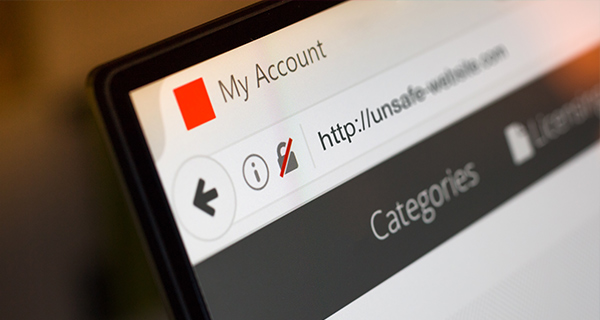Public and Private sector organisations are the target of bogus invoices as fraudsters pose as genuine service/product providers or false instructions to change the account details for future payments towards ongoing contracts.

The Public and Private sector organisations that appear to be the target of this fraud type are:
- Universities, Schools and Colleges
- Councils
- Airports
- Health Care Providers
- Travel related Industry
- Pharmaceuticals Industry
- Financial Services Industry
- Food and Drink Industry
The National Fraud Intelligence Bureau say that losses can vary considerably but often run into hundreds of thousands of pounds and several have exceeded £1 million.
Some of the money has been recovered but because funds are quickly transferred outside of the UK, recovery of the money is often difficult.
What does this type of fraud look like?
The bogus invoice fraud usually involves a genuine invoice being intercepted by unknown means and the account details given for payment are altered to an account under the Fraudster’s control.
The fraud will usually be discovered when the legitimate company sending the invoice chases for nonpayment. Some incidents have also involved completely counterfeit invoices being submitted for payment.
Organisations with ongoing business relationships or contracts have been deceived with a diversionary tactic by the fraudster. This involves the fraudster identifying an organisation that make regular payments to a service provider. This can vary from a individual or small company.
The fraudster will submit a change of account notification to the remitting Organisation. On receipt of the notification the department controlling the organisations finances have then changed the payment details with little or no verification, funds have then been inadvertently.
What are the tell tale signs?
Where invoices are entirely counterfeit they will not stand up to scrutiny. The counterfeit invoices (and any covering letters) may appear to be printed on company headed paper but are more likely scanned copies from an original document and printed onto paper using a domestic printer. Consequently the company logo may appear less sharp and slightly blurred.
Where bank details have been replaced on an original invoice with the fraudster’s bank account details, it may be possible to compare the print against the remainder of the document to identify any alterations. In some cases where no payee account details are shown on the invoice the fraudsters have merely typed an instruction to pay funds to a particular account. Look out for different contact numbers and e-mail addresses for the
Company as these may differ to that recorded on previous correspondence.
The contact e-mail address may only include a minor amendment giving the impression it is the correct contact address. For example it will look almost identical to the previous e-mail address but may read “.org” instead of “.com”or “.co.uk”.
How to prevent this type of fraud?
The National Fraud Intelligence Bureau advises you to consider reviewing your anti-fraud measures and follow this advice.
- Always confirm change of bank account requests with the Company making the change, being mindful not to use the contact details on the letter requesting the change.
- Consider setting up designated Single Points of Contact with Companies to whom you make regular payments.
- Instruct staff with responsibility for paying invoices to be cognisant of checking invoices for irregularities and checking out their suspicions with the Company requiring payment, again being mindful that contact details on the invoice may not be genuine.
- Consider setting up a system whereby when an invoice is paid you also send an email to the recipient informing them payment has been made and to which bank account. Be mindful of account security and consider including the beneficiary bank name and the last four digits of the account to ensure security.
- Consider reviewing Change of account details already acted upon where payment is due at a future date and confirming the authenticity of the request.
- Fraudsters may have found information regarding contracts and suppliers on the victim organisation’s own web-sites. Consideration should be given to whether it is necessary to publish information of this type in the public domain as it has been demonstrated that it can be used to facilitate significant fraud.
- For payments over a certain threshold, consider organising a meeting with the company who are requesting payment, and satisfy yourself payment will be sent to the correct bank account and recipient.



